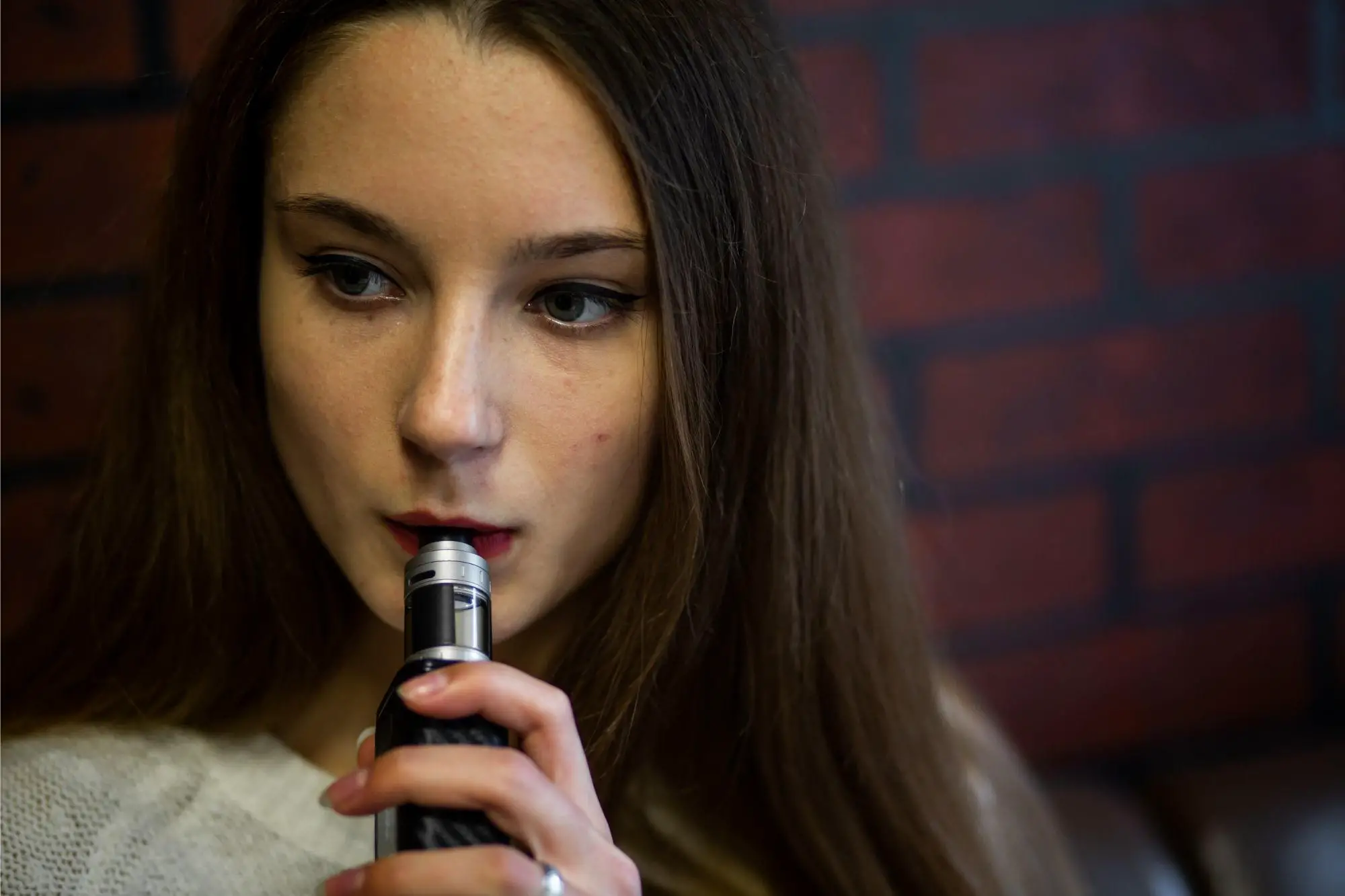Summary of 26% of Students – New Study Reveals Alarming Rise of Nicotine Vaping in Schools:
A study by Jamie Seabrook of Brescia University College and Evan R. Wiley of Western University has revealed that 26% of Canadian high school students admitted to vaping in the preceding month. The study, published in the journal Children, found that in the same time frame, 12% exclusively used vapes infused with nicotine, 11.3% used both nicotine and nicotine-free vapes, and 2.5% opted only for nicotine-free vapes. The study was based on a national survey of 38,299 students in grades 9 to 12, and correlations were explored between vape use, sociodemographic factors, and health-related differences among high school students.
*****
The Alarming Trend of Canadian High School Students Using Nicotine-Containing Vapes
Vaping has become a popular alternative to traditional smoking, especially among adults looking to quit smoking. However, its accessibility and the enticing flavors of vaping products have led to an alarming increase in underage usage, raising health and addiction concerns among this vulnerable population. A recent study conducted by researchers from Brescia University College and Western University has shed light on this trend among Canadian high school students.
The Study: Prevalence and Substances of Vaping Among Canadian High School Students
The study analyzed data from the 2019 Canadian Student Tobacco, Alcohol, and Drugs Survey (CSTADS). It involved a national survey of 38,299 students in grades 9 to 12 in exploring the prevalence of past-month nicotine vaping, nicotine-free vaping, and dual-use vaping with correlations to sociodemographic and health-related differences among high school students.
The Disturbing Trend: Usage of Nicotine-Containing Vapes
The research showed that 26 percent of Canadian high school students admitted to vaping in the preceding month. However, the substances they are inhaling through vapes or e-cigarettes are of even more significant concern to the researchers. In the past month, 12 percent of high school students exclusively used vapes infused with nicotine. Additionally, 11.3 percent were using both nicotine and nicotine-free vapes. A smaller segment of 2.5 percent opted only for nicotine-free vapes.
Implications: Health and Addiction Risks on Children
“Vapes were initially marketed as a potential solution to tobacco smoking, claiming they could be a less harmful alternative. While we are still trying to fully grasp the long-term effects of vaping on physical and mental health, our study shows vapes are exposing youth to nicotine and putting them at risk of nicotine addiction,” said Jamie Seabrook, who is chair of the School of Food and Nutritional Sciences at Brescia University College.
“Youth who vape nicotine-free products tend to have a worse understanding of the risks of e-cigarette chemicals, which can translate to uninformed use, and they may conclude that dangers of cigarette smoking are also exaggerated,” said Seabrook.
The study also found that male high school students had higher odds of being in each category of past-month vape users than females. Substance use was also linked to higher odds of students vaping with and without nicotine. Grade 10 and 11 students were more likely than grade 9 students to vape exclusively with nicotine, while grade 9 students were more likely than grade 11 and 12 students to vape with both nicotine and nicotine-free vapes.
Further Investigation: Dual-Use Vaping and Increase in Exclusive Nicotine Vaping
Seabrook also points out that the higher likelihood of dual-use vaping among grade 9 students warrants further investigation, as it may be related to behavioral and cultural pressures associated with transitioning to high school. It could also mean that with age, more high school students are transitioning from dual-use vaping to exclusive nicotine vaping.
“Since this was a cross-sectional analysis and we studied all the different age groups simultaneously, we could not establish that dual vaping leads to increased exclusive nicotine vaping. Our findings show a possibility but need careful investigation,” said Seabrook.
Conclusion: Education and Intervention to Curb Vaping among Youth
The study’s findings highlight the need for education and intervention programs to curb youth vaping and nicotine addiction. The accessibility and popularity of vaping products create the potential for long-term harm to children’s physical and mental health, and measures must be taken to prevent it. Policies aimed at regulating and enforcing age restrictions on the sale of vaping products and awareness campaigns focused on the risks of vaping can significantly reduce the prevalence among youth.
